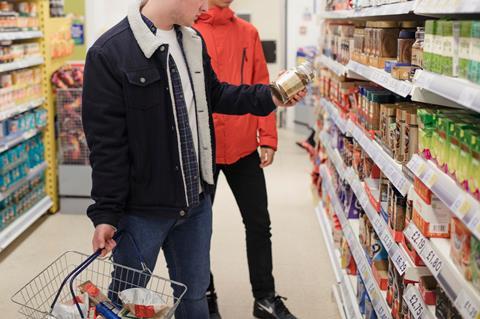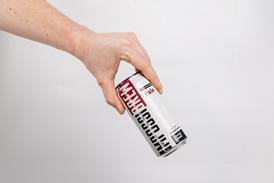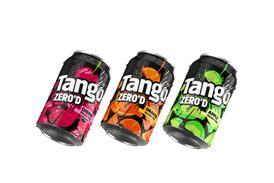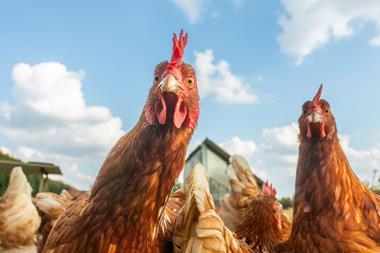
An important question for the fmcg industry in 2024 is what happens to revenues and margins as elevated pricing starts to roll over. Potentially it could create an air pocket in which pricing decelerates but volumes do not respond, meaning compressed organic sales growth.
The thinking is, volumes have not gone down that much despite record pricing. So therefore they shouldn’t flip back that fast as pricing slows.
The more optimistic view is companies will be able to use the relief from lower costs to spend more on marketing and promotions, which should support volume growth. Mix is also becoming an increasingly important lever as the fmcg industry has been busy cleaning up portfolios to focus on higher-velocity SKUs, which should become increasingly visible and support revenues.
The difference between volume and mix is that volumes are a function of end-market consumer demand, but mix is something companies are in control of by focusing on the SKU assortment of their portfolios.
One thing that is almost certain is a rise in promotional activity. This shouldn’t come as much of a surprise. Promotional spend has been low in recent times for two big reasons: firstly because of numerous supply chain difficulties during the pandemic, which meant there was little point in promoting what couldn’t be supplied, and secondly promotions tend to be paused during high-stakes pricing negotiations. With supply chains now normalising and most of the pricing done, we would naturally expect promotions to step up. The real question is by how much?
Against this backdrop, it’s important to keep in mind not all promotions are the same. We make the distinction between high-quality promotions such as gondola-end aisle deals, which can drive footfall, versus lower-quality promotions such as bogofs.
The concern might be that promotions start to become ubiquitous and it quickly becomes a race to the bottom, but to be clear that is not what’s happening at the moment. Promotions are quite targeted and fmcg management teams are focused on return on investment. One outstanding question is whether the likely rise in promotional activity will be funded by retailers or manufacturers.
At the same time, with so much focus on promotions, it’s easy to miss the point that advertising and brand-building spend is also likely to step up. It’s interesting to note Nestlé has broken out advertising spend for the first time, and it has been explicit that spend will be increasing in both absolute terms and as a percentage of sales. Unilever has said much the same, and both companies are prioritising volume/mix growth.
There are some nuances to consider. It’s not a given that food prices roll over very quickly. Whilst we have seen prices of some fresh products such as eggs, cheese and dairy coming down, it’s very much a mixed picture, with inflation accelerating in areas such as coffee, cocoa, sugar and even wheat in recent weeks. As retailers focus on lower pricing and promotions, asking for more pricing will clearly not be straightforward. But if the data suggests pricing is needed, it will likely be landed – even against a tough consumer backdrop.
There is also the issue of geography. Whilst there is the inevitable pressure for pricing to come down in developed markets, such as Europe and to a lesser extent North America, the issue is very different in emerging markets where we would expect pricing to be more sticky. It’s easy to look at this current situation through the lens of European eyes, but this is to miss the wider point that emerging markets are actually a bigger weight than Europe for many of the largest fmcg players.
Margins in the sector have been under pressure for years as the entire industry has been playing catch-up with costs. As pricing finally catches up with inflation, management teams will be reluctant to pass back hard-fought gains, especially with gross margins still down versus 2019 pre-Covid levels. The good news is there are a number of levers at their disposal to manage the dynamic price, volume, A&P and margin equation.



















No comments yet